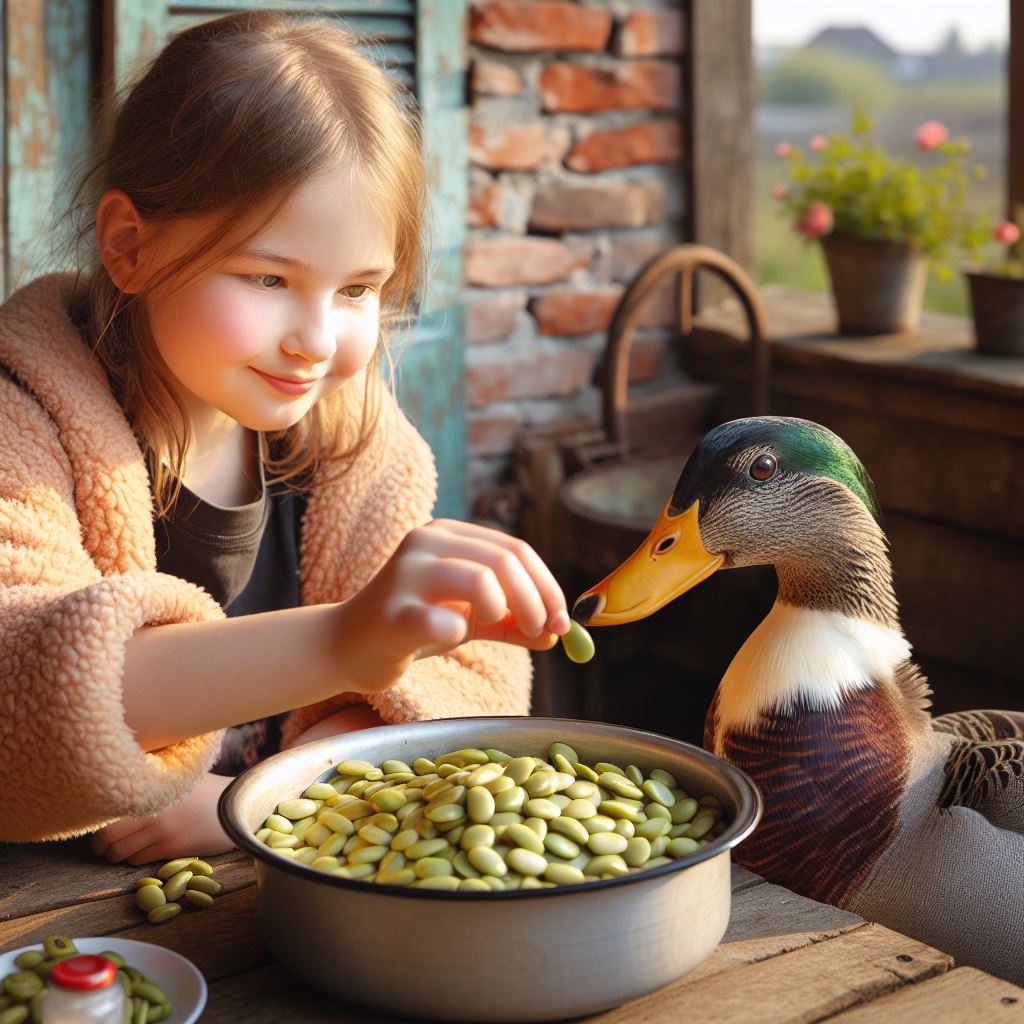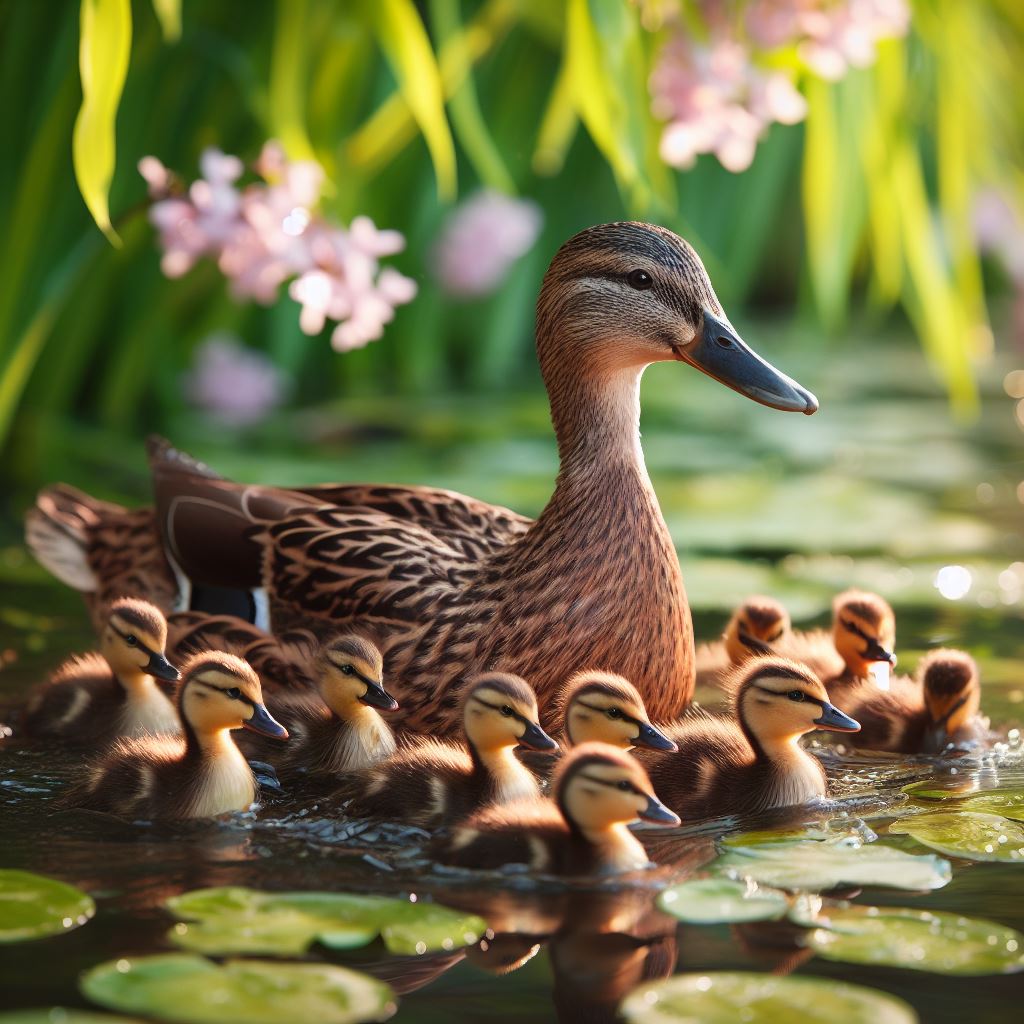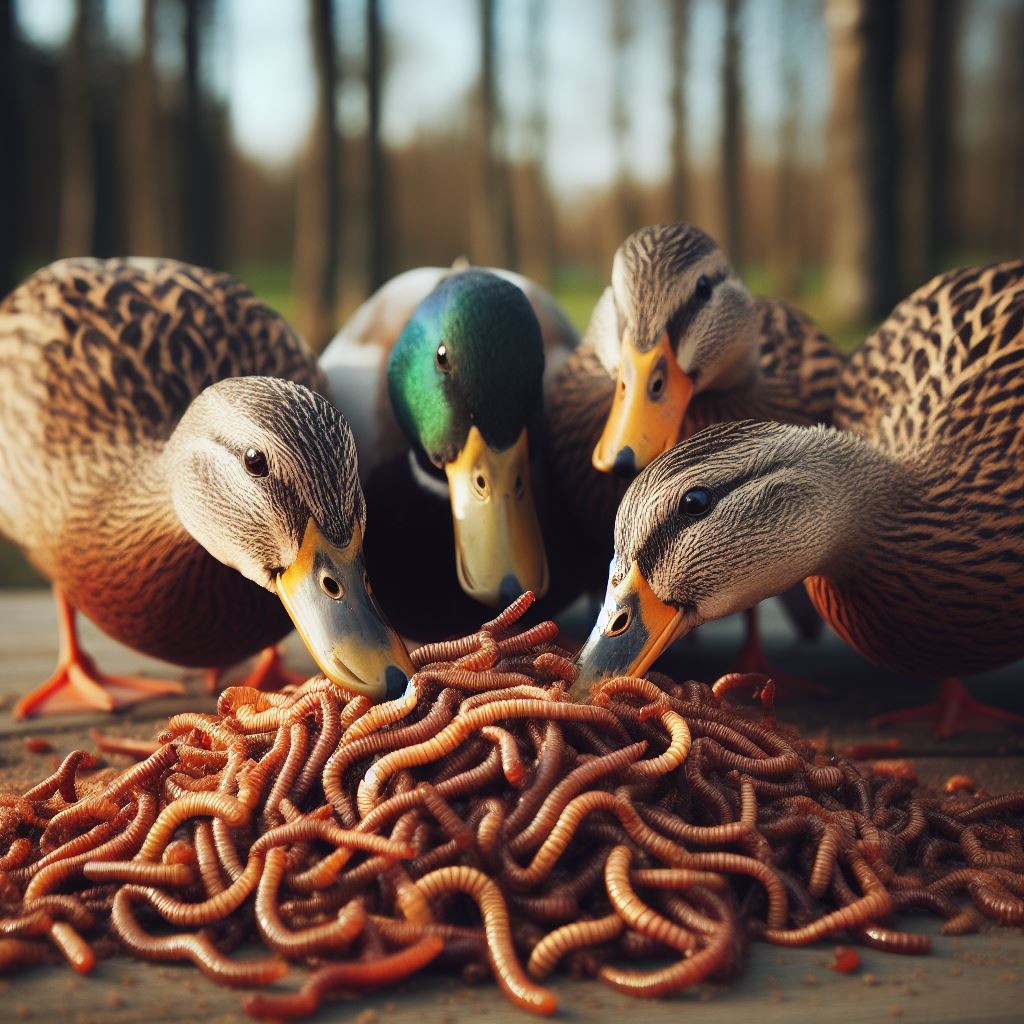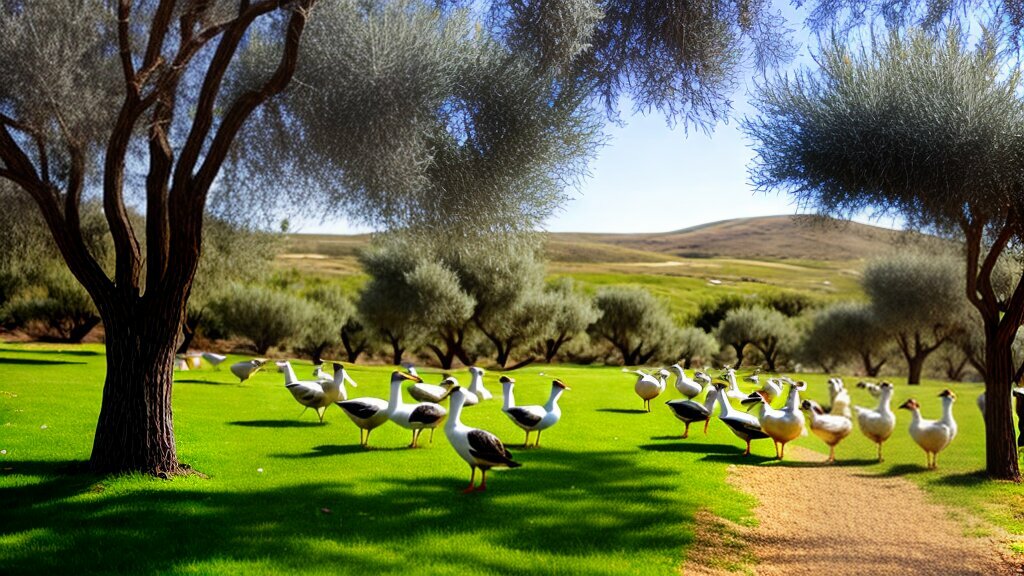Can Ducks Eat Lima Beans? Nutrition And Safety Facts

Table of content:
Lima beans are a nutrient-rich vegetable loaded with protein, complex carbs, fiber, and an array of vitamins and minerals. As a backyard duck owner, you may be wondering if tossing some limas into your flock’s feed is safe or beneficial.
So, can ducks eat lima beans? The short answer is yes, ducks can safely consume both raw and cooked lima beans. Ducks can digest lima beans thanks to special enzymes and grit they consume. Lima beans offer vitamins, minerals, and energy ducks need. But beans should be fed in moderation along with a balanced diet.
Before diving into the specifics of lima beans, it helps to understand some basics of duck nutrition and dietary needs. Ducks have diverse natural diets consisting of:
- Insects
- Aquatic vegetation
- Seeds and grains
- Small fish and amphibians
On farms and in backyards, ducks are typically fed a balanced pelleted feed formulated to provide:
- Protein for growth and egg production
- Carbohydrates for energy
- Fats for warmth and metabolism
- Vitamins and minerals for health
- Grit for digestion
Ducks also graze on grasses, aquatic plants, vegetables, fruits, seeds, and insects, depending on habitat and food availability. Their varied diet in the wild equips them to digest and benefit from many common human foods.
 Are Lima Beans Safe for Ducks to Eat?
Are Lima Beans Safe for Ducks to Eat?
Protecting ducks from harmful foods is a major priority for any caretaker. So are lima beans safe? The answer is yes – lima beans contain nutrients ducks can utilize without posing any serious toxicity risk.
However, beans do come with a few caveats:
- Raw beans contain natural toxins that can temporarily paralyze ducks’ digestive systems until the beans are cooked.
- Bean hulls can contribute to digestive blockages if not chewed properly.
- Eating too many beans could lead to weight gain or nutritional imbalances.
As long as beans are fed properly and in moderation, ducks can eat limas without issue.
Important Safety Tips for Feeding Lima Beans
If you plan to offer backyard ducks lima beans, here are some tips to reduce risk:
- Always cook beans thoroughly to degrade toxins.
- Consider crushing or chopping beans to ease digestion.
- Limit portion to 10-20% of total feed.
- Provide enough insoluble grit so ducks can grind beans.
- Ensure access to fresh water at all times.
Following these simple precautions will allow ducks to safely enjoy lima beans as part of a balanced diet. Monitor ducks when offering new foods and discontinue anything that causes stomach upset.
Do Ducks Benefit Nutritionally From Eating Lima Beans?
In addition to being a safe treat, lima beans can be a nutritious supplement to a duck’s diet when fed properly. Below are some of the top vitamins, minerals, and nutrients ducks can obtain by consuming cooked lima beans:
Macronutrients
- Protein – Beans offer plant-based protein for muscle maintenance and feather growth.
- Carbohydrates – The complex carbs in beans provide usable energy.
- Fiber – Fiber aids digestion and nutrition absorption.
Micronutrients
- Iron – Important for blood and immune health.
- Magnesium – Provides enzyme support and bone strength.
- Phosphorous – Key for nerve signaling, membranes, and bones.
- Potassium – Helps nerves and muscles communicate.
- Copper & Zinc – Supports immune function and growth.
- Vitamin K1 – Essential for blood clotting.
- B Vitamins – Converts food into fuel and supports nerves.
As true omnivores, ducks can obtain nutrients from many plant and animal sources, including legumes like lima beans. Adding some beans, chopped produce, sprouted grains, seeds, or cooked eggs to a flock’s diet provides diversity and micronutrients that support wellness.
How Do Ducks Digest Lima Beans? Enzyme and Grit Needs
Lima beans provide balanced nutrition when consumed – but can ducks fully break down and digest beans? Ducks produce enzymes specifically designed to digest plant foods like grains and beans. They also swallow grit and small stones that act as grinding agents to break down food as it moves through their digestive system.
For bean digestion specifically, ducks use:
- Amylase enzyme – Converts starch into simple sugars to extract carbohydrate energy.
- Protease enzyme – Breaks down bean proteins into amino acids for use by the body.
- Lipase enzyme – Splits fat molecules into fatty acids to unlock fat calories.
- Gizzard grit – Grinds tough bean skin and cell walls to allow enzyme access.
Offering ducks insoluble granite grit ensures thorough bean digestion. The grit should be around 1/16 to 1/8 inches for adult ducks or 1/32 to 1/16 inches for ducklings. Without access to grit, ducks cannot properly grind and digest whole beans.
Feeding Lima Beans to Pets, Backyard, and Wild Ducks
The optimal lima bean feeding approach depends in part on the type of duck. Backyard pet ducks, wild ducks visiting ponds, and domestic farm ducks all have some unique considerations.
Pet and Backyard Ducks
Hand-raised pet ducks and local backyard visitors often adapt readily to treats. Follow these tips for supplementing tame ducks’ diet with beans:
- Cook beans until very soft, then crush before serving.
- Mix a few tablespoons of bean mash into commercial feed.
- Start with small portions of beans and monitor the effects.
- Adjust amounts based on consumption and droppings.
- Ensure ducks finish treats within 10-15 minutes.
- Provide insoluble granite grit in a separate container.
- Restrict beans for young ducklings until 12+ weeks old.
With supervision and an introduced transition, the majority of pet ducks tolerate lima bean treats well.
Wild Ducks
Introducing beans to wild ducks takes more precision since their digestion differs slightly from domesticated breeds. Here are some pointers:
- Cook beans fully until beyond soft, nearly disintegrating.
- Chop or puree beans into tiny pieces to prevent choke risks.
- Mix very small portions of beans into native seeds and grains.
- Scatter bean/seed mix across a wide area near shallow water.
- Avoid offering beans during migration seasons when diet varies.
- Do not provide beans at all to ecosystems with sensitive vegetation.
- Focus wild duck feeding efforts on native plants and invertebrates.
While beans pose little harm to wild ducks in most scenarios, their nutritional needs can be met through environmental food sources they are adapted to consume.
Farm and Livestock Ducks
In agricultural operations like duck egg and meat farms, beans can enhance flavor and provide variation. Consider these tips for larger-scale bean feeding:
- Cook large batches of beans thoroughly until they fall apart.
- Allow beans to cool fully before mixing into feed to avoid mold issues.
- Bean/feed mix ratio 10% max for meat ducks, 15% for layers.
- Store mixed feed in rodent-proof container, use within 1 week.
- Adjust ratios down if droppings become loose or ducks seem unsatisfied.
- Provide 1 pound of insoluble granite grit for every 100 ducks over 4 weeks old.
- Consult a qualified waterfowl nutritionist to develop balanced rations.
With some strategic planning and ration adjustments, lima beans can become a regular part of the diet for livestock duck operations. Monitor bird health and production levels closely when modifying feed contents.
Below is a handy reference chart summarizing key tips for safely feeding lima beans to ducks in various settings:
| Duck Type | Bean Prep Tips | Feeding Tips | ||
|---|---|---|---|---|
| Backyard/Pet | Cook until soft; crush beans; cool fully | Mix with normal feed; feed smaller portions more frequently; limit overall intake to 10-20% of diet; always provide grit | ||
| Wild | Cook until nearly disintegrating; chop or puree | Mix tiny portions with native seeds/grains; scatter mixes near shallow freshwater | ||
| Livestock | Cook until falling apart; allow to cool fully before mixing | Mix cooled beans with feed at 10-15% ratio; store mixed feed properly; provide ample grit; monitor health and production |
Conclusion – Lima Bean Benefits and Feeding Recommendations
In closing, lima beans are an excellent supplemental food for ducks when fed properly. Their dense nutrition profile, energy content, and protein levels bring useful qualities to a duck’s menu.
By cooking beans fully, crushing to ease digestion, limiting quantities, and offering insoluble grit, duck caretakers can tap into many benefits of beans without risk.
Ultimately beans should not outweigh ducks’ core diet – they do best on a diverse combination of commercial feed, fresh veggies, sprouted grains, and insects.
Monitor all new foods closely and adjust amounts given based on observations of eating behavior, dropping consistencies, activity levels, and weight maintenance indicators. Consider lima beans one component of a varied nutritional plan for robust duck health.
Welcome. I’m Adreena Shanum, the proud owner of this website, and I am incredibly passionate about animals, especially poultry. I founded adreenapets.com as a labor of love, stemming from my desire to share my knowledge and experiences with poultry enthusiasts worldwide.




